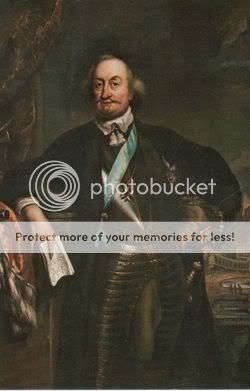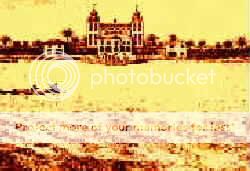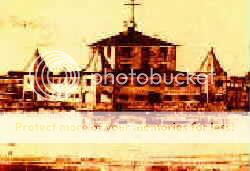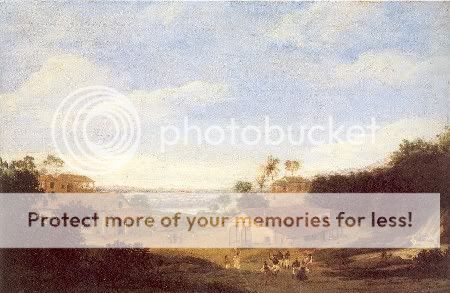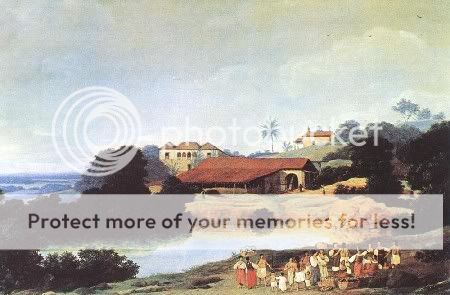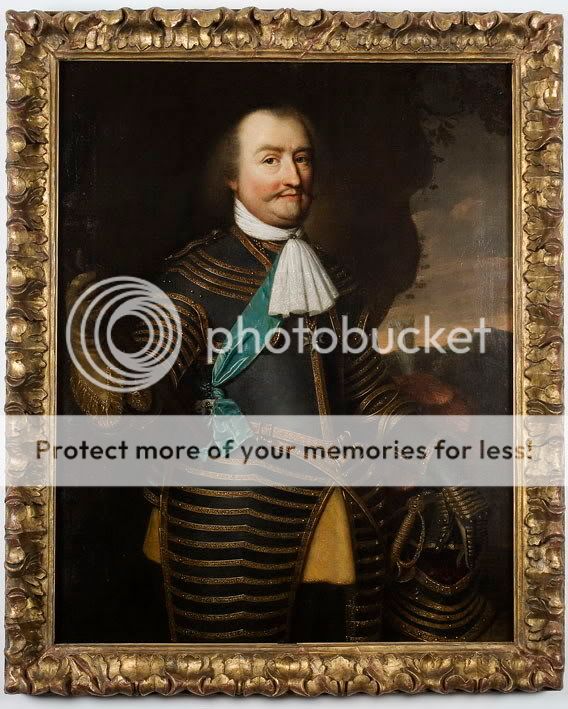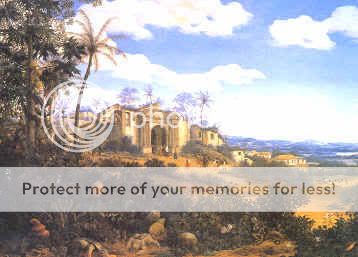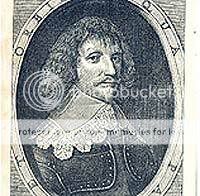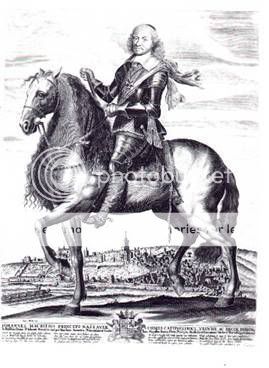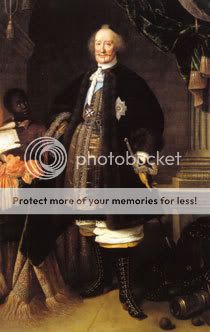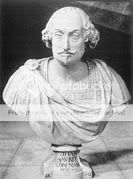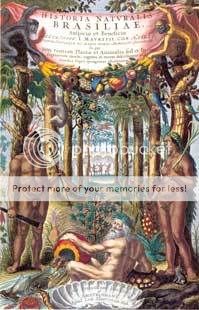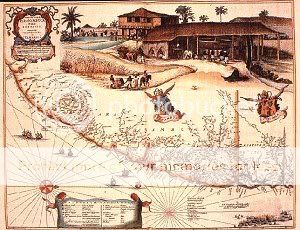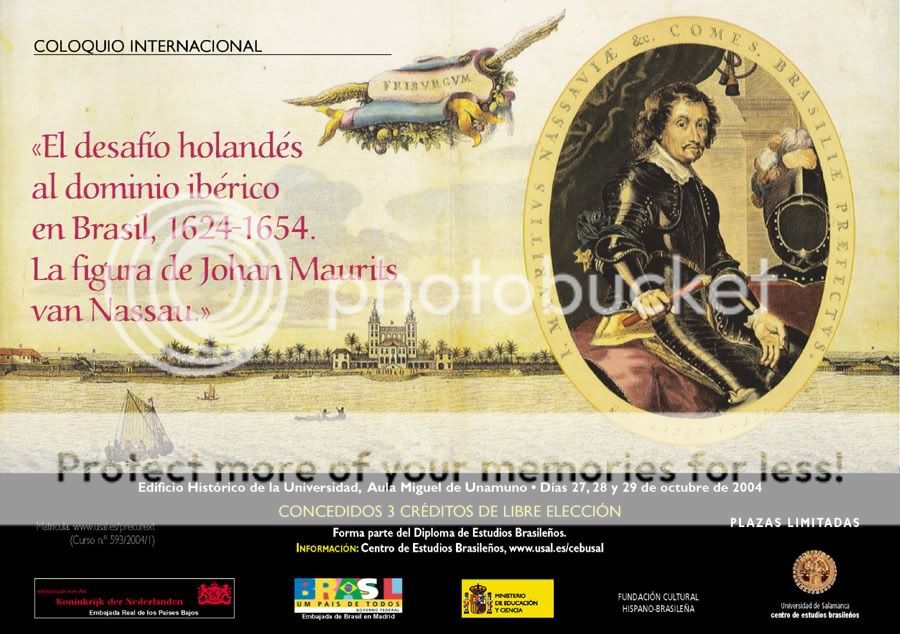- Joined
- Aug 13, 2004
- Messages
- 27,110
- City
- São Paulo
- Country
- Brazil
Prince Johan-Maurits of Nassau-Siegen (Dillenburg June 17. 1604 - Bergendaal December 20. 1679)
Parents: Count Jan VII ´The Middle´ of Nassau-Dillenburg and Countess Margaretha of Holstein-Sonderburg
Siblings: Johan-Maurits had 24 siblings, among them, Jan VIII 'The Youngest' of Nassau-Siegen, landgravine Juliana of Hessen-Kasselo and Prince George-Friedrich of Nassau-Siegen
Wife: Maurits never married
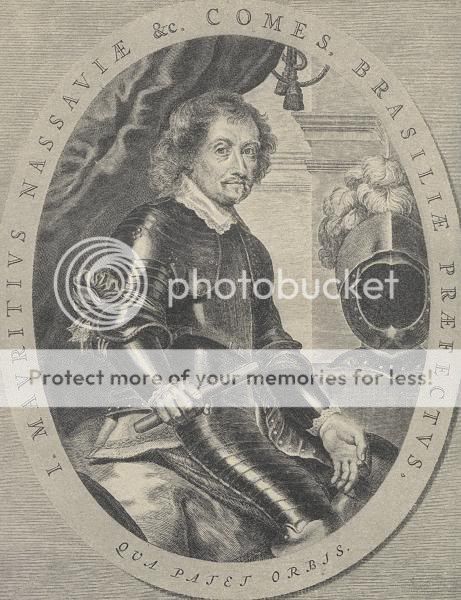
Parents: Count Jan VII ´The Middle´ of Nassau-Dillenburg and Countess Margaretha of Holstein-Sonderburg
Siblings: Johan-Maurits had 24 siblings, among them, Jan VIII 'The Youngest' of Nassau-Siegen, landgravine Juliana of Hessen-Kasselo and Prince George-Friedrich of Nassau-Siegen
Wife: Maurits never married



